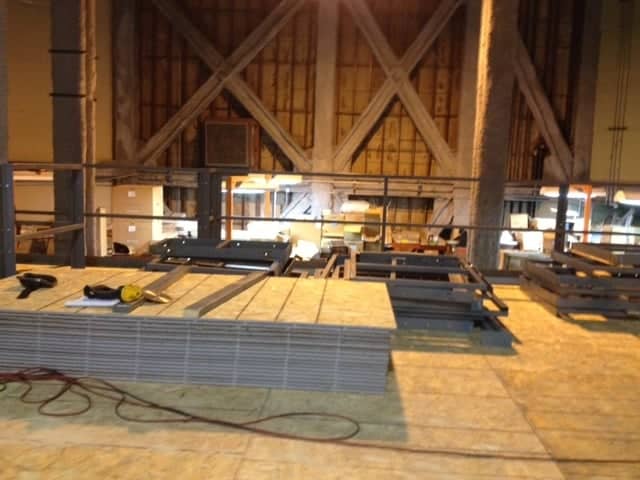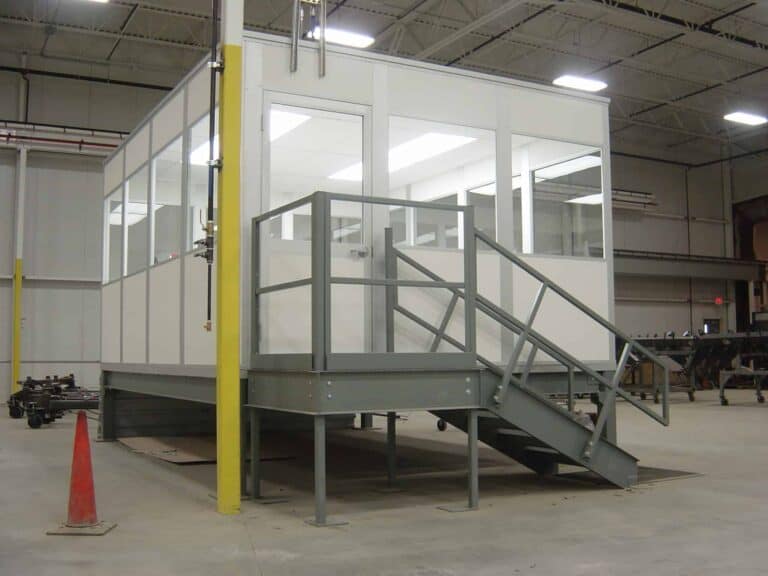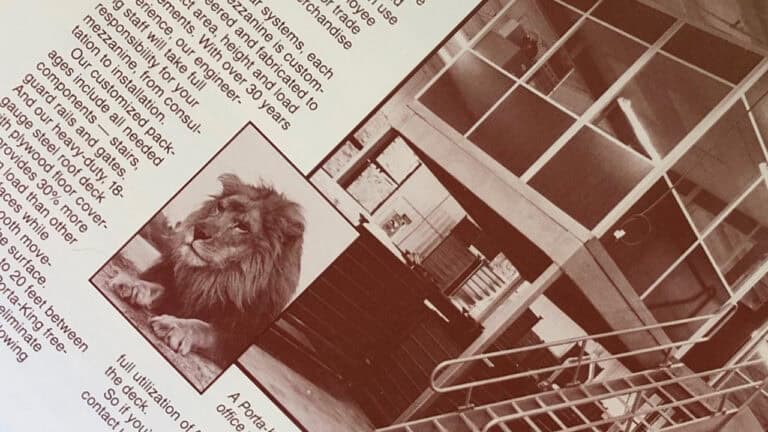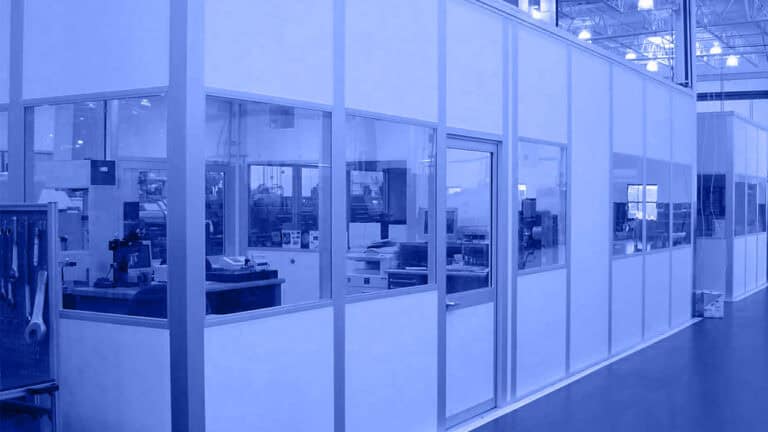Most likely you’ve seen the famous photograph, Lunch Atop a Skyscraper. It’s a great photo, partially because even people 80 years ago were shocked, impressed, or scared by the everyday workmen casually risking their lives over a boxed lunch.
Luckily this risky work environment is unheard of on today’s American worksites, but it’s easy to take for granted how far construction site safety has come over the last century. That’s why this Thanksgiving, Porta-King is looking back on the history of construction site safety to see how far we’ve come.
Fall Prevention
According to the US Department of Labor, falling is one of the top four construction hazards, even with modular buildings today. However, over the last fifty years, laws have been enforced to protect the safety of construction workers.
Then:
Just looking at Lunch Atop a Skyscraper can give the viewer a sense of vertigo. At the turn of the century, widespread newspapers made construction accident prevention a public issue. However at the time that photo was taken, there was little to no federal law regulating construction site safety. There were many roadblocks in the legislature that prevented laws from being passed or enforced, such as the businesses who feared federal regulation would inhibit innovation.
Now:
Fortunately, worker safety eventually won out over blind ambition. Today there are many safety measures in place to prevent construction workers from falling off modular buildings, including:
- Perimeter protection, such as temporary or permanent guard rails
- Harnesses or other fall arrest equipment
- Strict and easily accessible rules on how to use ladders and scaffolds safely
Occupational Disease & Other Health Concerns
Non injury-related health concerns are not as apparent in Lunch Atop a Skyscraper, unless you translate the fuzzy background to massive amounts of NYC smog. Still, protecting workers from hazardous materials has evolved dramatically since 1900.
Then:
Worksites at the turn of the century—especially those that involved mining—were often accessed without fully understanding the harmful effects of everything from radiation to demolition dust. Workers could go deaf from the noise or suffer lung issues without hope of compensation from the businesses they worked for.
Now:
Many preventative measures exist today to ensure worksites are as radiation-free as possible. In addition, modern building techniques, such as modular construction, decrease harmful construction waste and demolition debris. While accidents still happen, injured or sick workers have many compensation avenues to pursue. Safer worksites and workers’ rights maintain a healthy and productive workforce in the construction industry.






